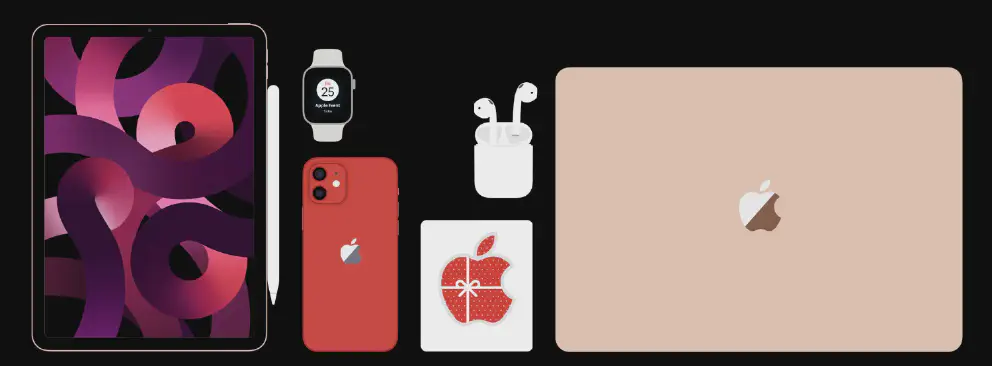At WWDC 2021, Apple showcased new features and updates for the upcoming iOS, iPadOS, WatchOS and macOS which is scheduled to be released in fall 2021. What is not shown nor mentioned is that the features that are demoed are available, one form or another, for the entire Apple Ecosystem. What is the Apple Ecosystem? It is something that Apple makes but does not directly market it, feature it or even mention it by name.
Now we have written about the Ecosystem(tm) sometime last year, but since WWDC 2021, the amount of integration in the ecosystem has taken to an entirely new level. In this article we will recap what is the ecosystem and massive behind the scene changes that Apple has done and presented at WWDC 2021.
Executive summary:-
- Apple Ecosystem is Apple system-wide integration that makes for better user experience if you have multiple Apple products in your possession.
- Sometimes referred to the “Walled Garden” to pundits and outsiders
- Apple products on its own are great and considered best in class, but the ecosystem brings the wonders of Apple products to the next generation which other competitors like Google simply do not have.
- Some examples of ecosystem features are using your Apple Watch to unlock your Mac, playing music on your phone and then tapping your HomePod mini to play the music and receiving iMessages on all of your Apple devices.
- Third-party interface like ‘Made for iPhone (MFi)’ program and SharePlay API that allows other vendors to join the ecosystem.
What really is the Apple Ecosystem?
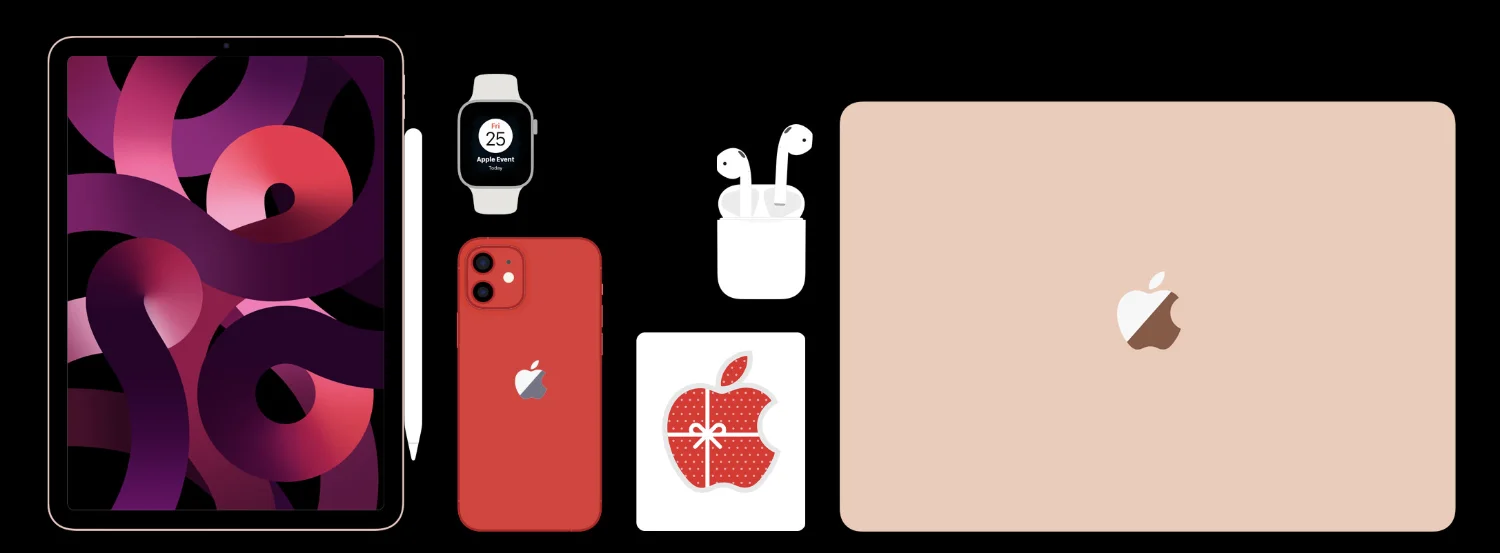
Apple Ecosystem(tm) is not an Apple Product. You could not go to Apple Store and “buy” the Apple Ecosystem, but it is a user and lifestyle experience which is a by-product of owning several Apple devices. Think of it, when you play your favorite role-playing game, you get character bonuses when you collect a rare set. The ecosystem is basically that. Special features that are available to your Apple devices that take your user experience to another level because of interaction between Apple devices.
Apple is able to create the ecosystem because Apple does not design around a single device. They design products around the ecosystem. It used to design around a single device, but sometime around the iPad and iPhone era, the ecosystem emerged and now silently becoming a dominant feature of the Apple experience. Furthermore, Apple does not market the ecosystem overtly, but subtly.
Apple ID
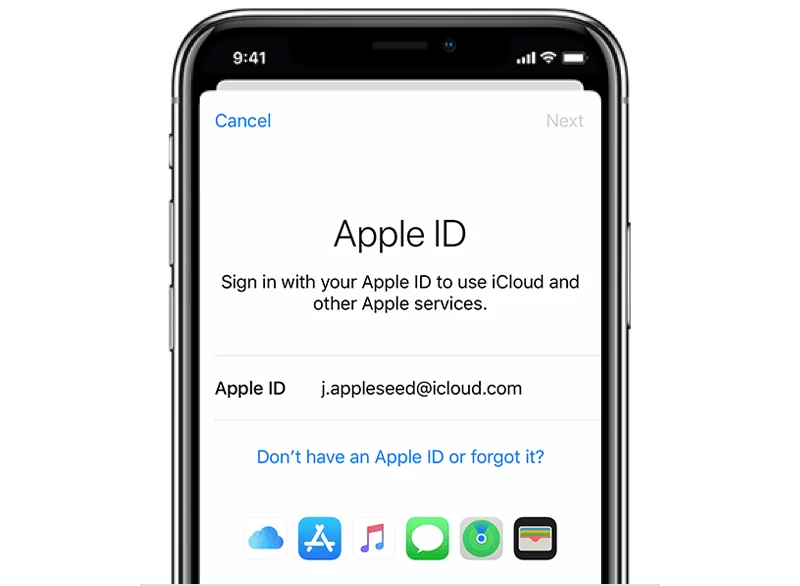
The back bone of the entire Apple Ecosystem is the Apple ID. The Apple ID is used to register all of your Apple devices. From there, Apple will not know how many devices you know, but see if they are nearby and if the nearby devices are a part of your contact circle. Information like this means that the device will be accessible to your or someone related to you.
From standpoint of UX
Going into the Apple ecosystem is like going into the world where everything works. For example, the iPhone does not only work on its own, but the iPhone works with every other Apple device that you own.
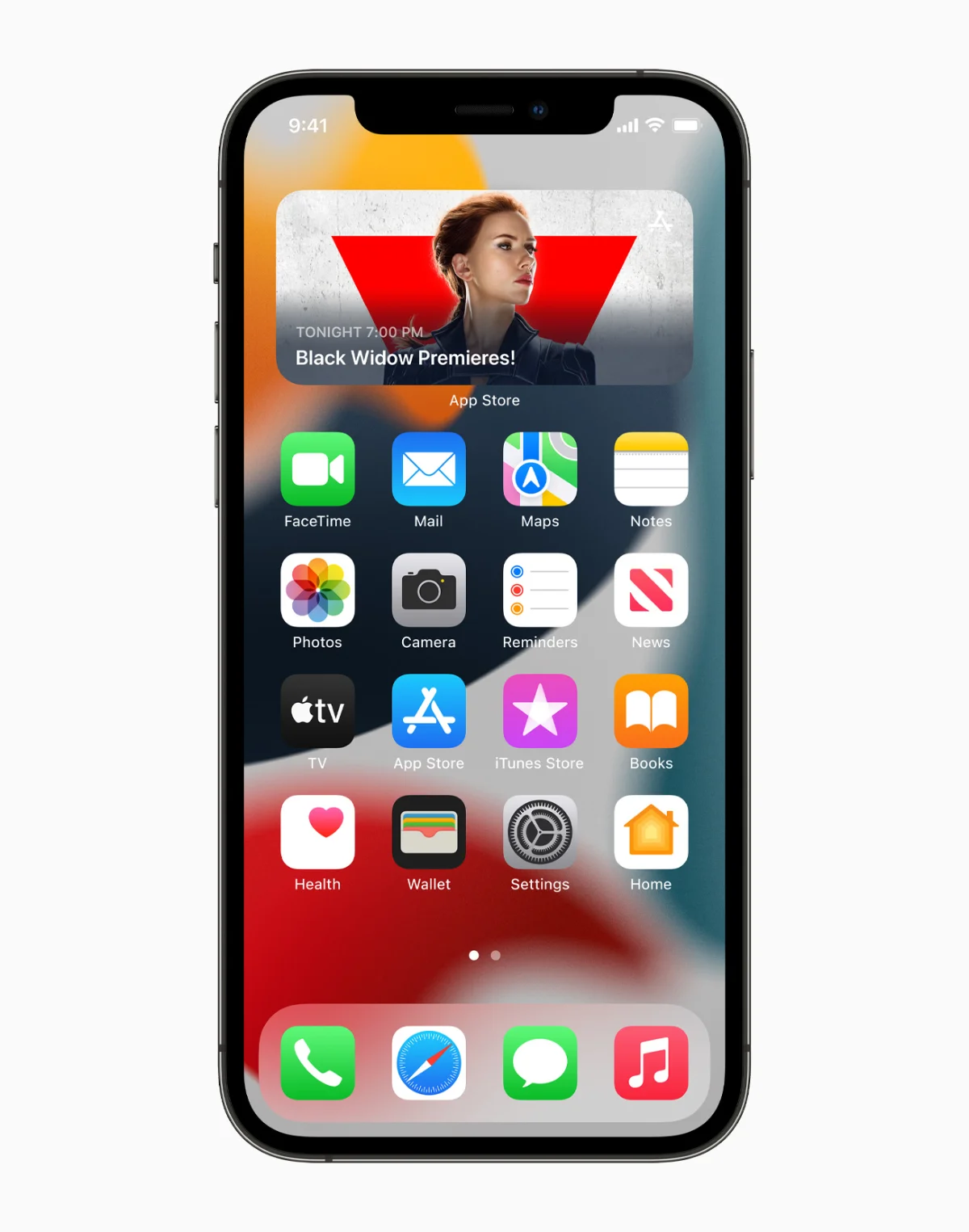
In the ecosystem, Apple slowly but surely has laid out common services and app through their entire lineup over 10 years. For example, before 2012, notes were a part of macOS mail app which synchronized with the iOS Notes app. This does not really work between both devices. Then Apple released Mountain Lion which introduced separate Notes and Reminders while iChat changed into Messages. These are the first seeds of the Apple Ecosystem. Since then, macOS, iPadOS and iOS have common applications like Weather, FaceTime, Safari (which can synchronize tabs between devices), Photos and the most recent addition: Shortcut (which will replace Automator in macOS in the future).
By making all the devices have the same kind of applications, there is a profound effect that the user can basically expect all the devices will work pretty much in the same way between devices. Furthermore, the data that the apps use are stored on the iCloud (Apple cloud services), the content of each app will pretty much synchronize to the point that you can continue your work in a different device that you take off. This feature which is called Continuity enables a seamless interaction between devices. That kind of seamless experience is what the Apple ecosystem is all about.
There are also the paid services that Apple provides like Music, TV+, Fitness+, News+ and others that are in the works (rumor has it at Podcast+) which not only works seamlessly with each device, but also available on most devices. So, you pay a single monthly fee, and all of your devices can have such services.
Building blocks

The Apple ecosystem is superior to other offerings from Android or Microsoft because no other company has the entire stack covered. Microsoft might fight Apple on the desktop front, Google on the mobile and maybe tablet front and Sony on the gaming front, but Apple has the vertical integration of providing desktop, mobile, watch, table and tv interfaces.
With such a wide variety of platforms, Apple made the good decision to streamline all platforms’ look and feel. Going from one platform to another, there is not much difference in terms of look and feel and that is intentional.
Examples of ecosystem Features
From the software point of view, Apple made iCloud as the lynchpin of the ecosystem experience. Most Apple common apps are iCloud connected, so you can have the same data synchronized between devices. You receive a message on one device, it goes to all devices. You are away from your phone; you can pick up your calls on the laptop and other devices.
Universal Control in macOS Monterey. Notice how well iPadOS and macOS is integratedBy also controlling the hardware, Apple takes the multi-device interaction one step further. It can also detect your devices are closer to each other and act appropriately. Features like Universal Control (coming to macOS Monterey on supported devices) allows you to take over nearby macs and iPads that you own. Not only recognizing your devices, it can also recognize your friends’ devices. People in your contact list, their devices can talk to your devices like Wi-Fi password sharing, AirDrop and a newer feature, SharePlay which allows everyone to share apps on multiple devices.
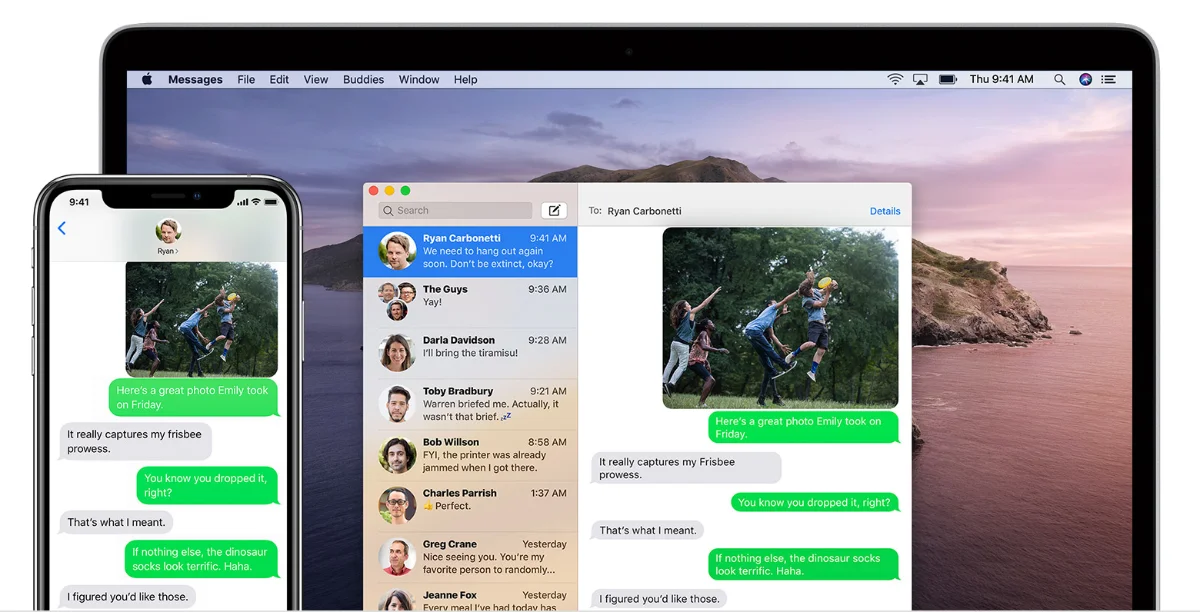
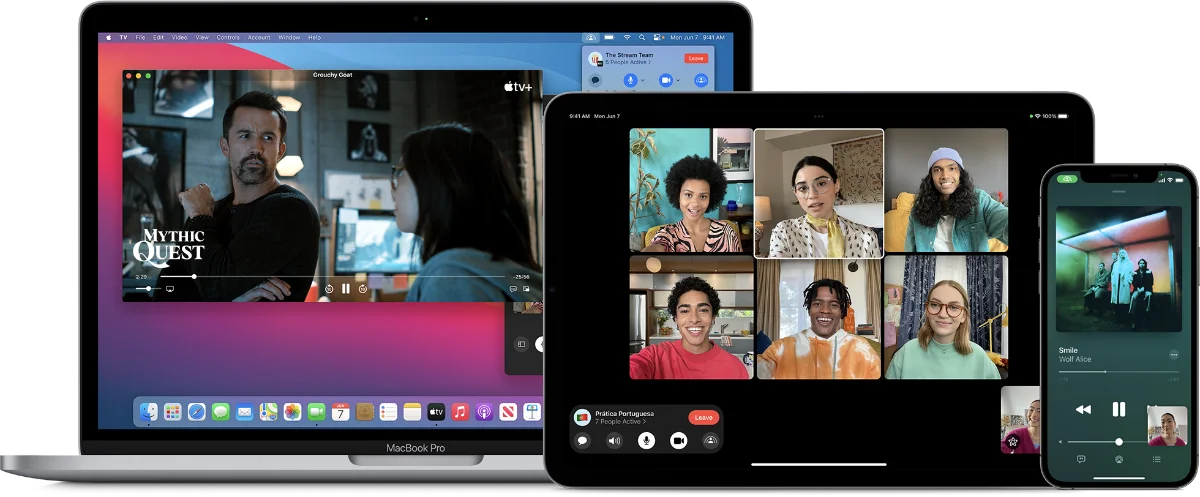
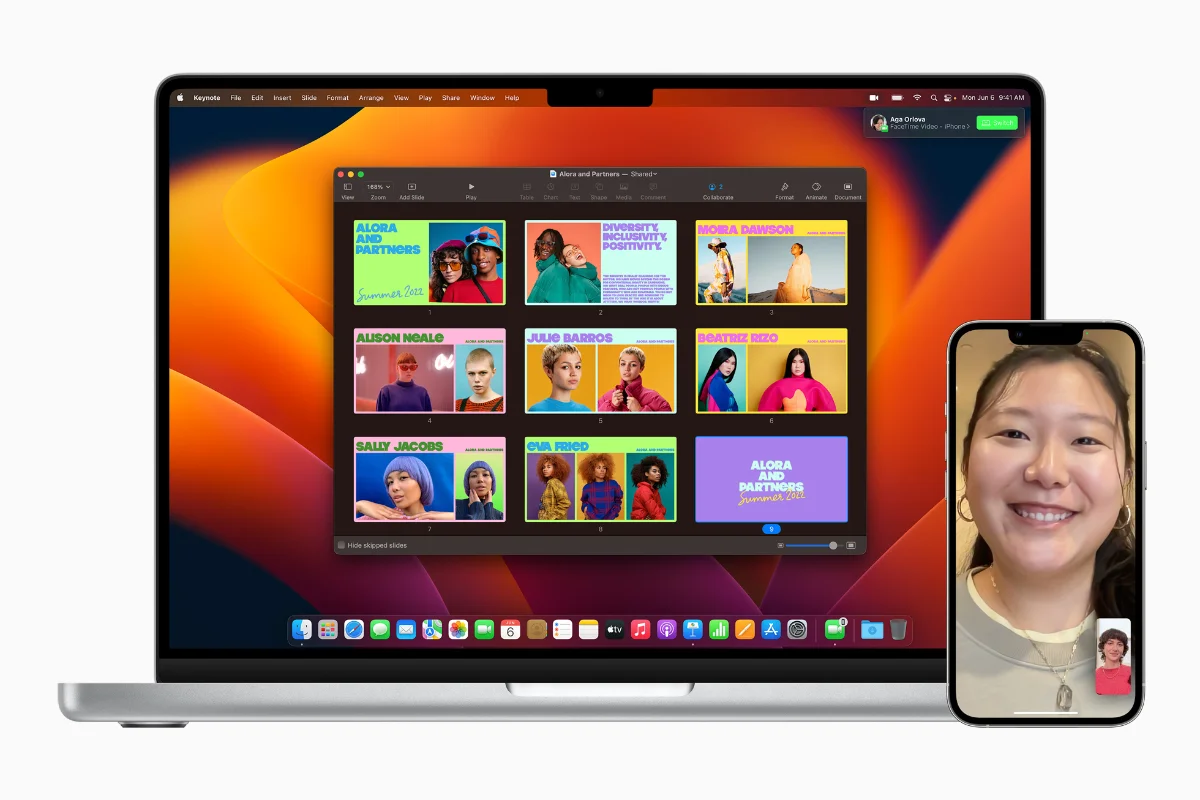
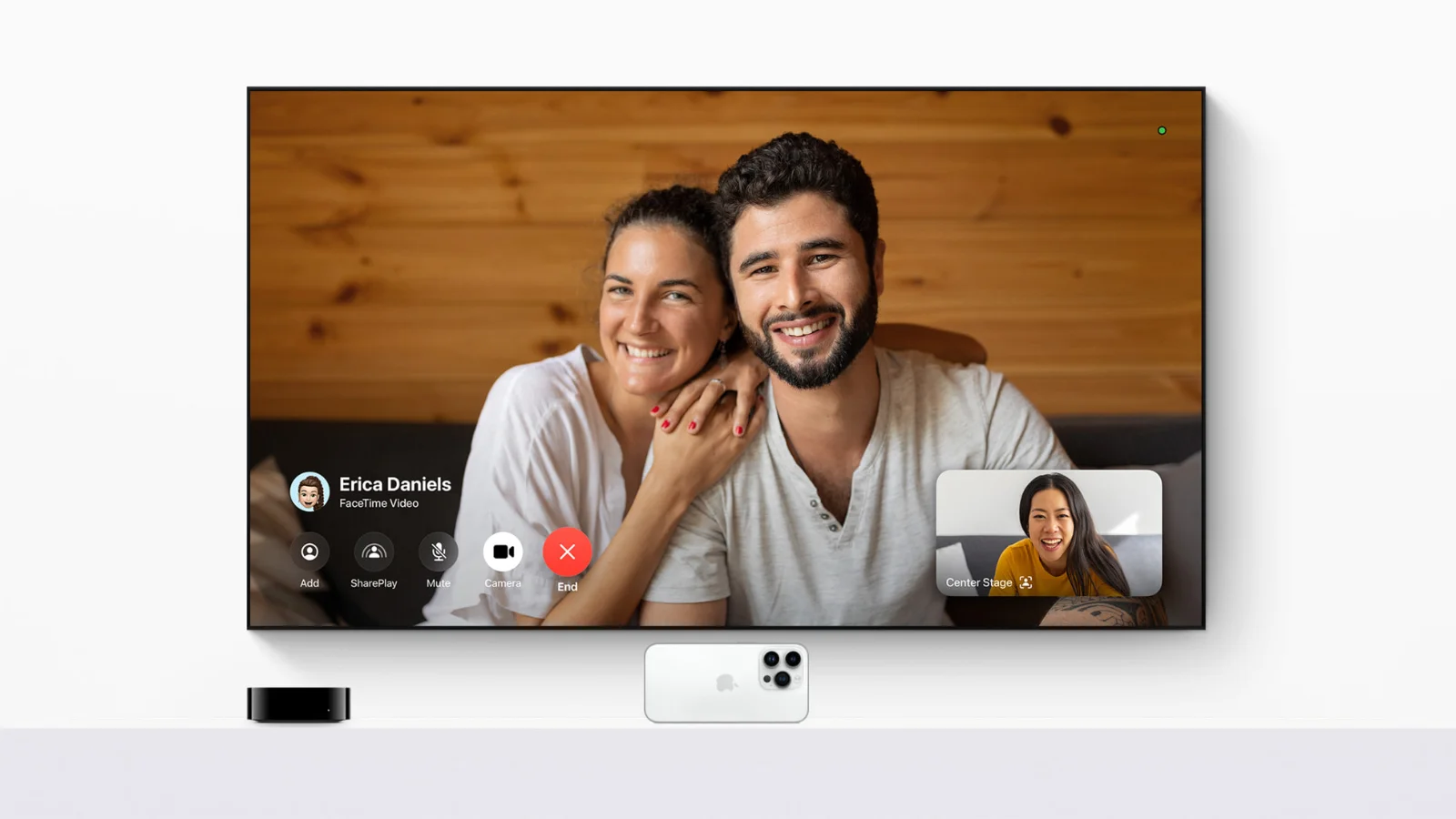
From standpoint of Hardware integration
As mentioned before, Apple ecosystem offering is superior to the competition at the moment because they not only control the software that runs the hardware, they also control the hardware. With the introduction of the M1 chips, Apple now has the same hardware platform on all their devices from tiny little Airpods that fit on your ears to desktops like your iMac. Because every device more or less has the same hardware architecture (license ARM instruction set but custom chip from Apple) Apple can tailor made the experience unlike other companies.

Apple started adding the U1 chip on the iPhone 11. The U1 chip is Apple’s implementation of ultra-wide band technology which utilizes a low-power but high bandwidth of the spectrum. In English, it has a chip that can be aware of other chips and transfer large amounts of data in short distances. Since then, Apple put the U1 chip on HomePod Mini and also the Apple Watch and expect to put it on more devices on their lineup. Because of this, you have better interactions between their devices. For example, you are listening to “Around the World by Daft Punk”. You wanted to feel more, so you wanted to transfer that music to the HomePod Mini. Instead of fiddling with controls on the Music app, you just tap the HomePod Mini with your iPhone and the HomePod Mini instantly plays it.

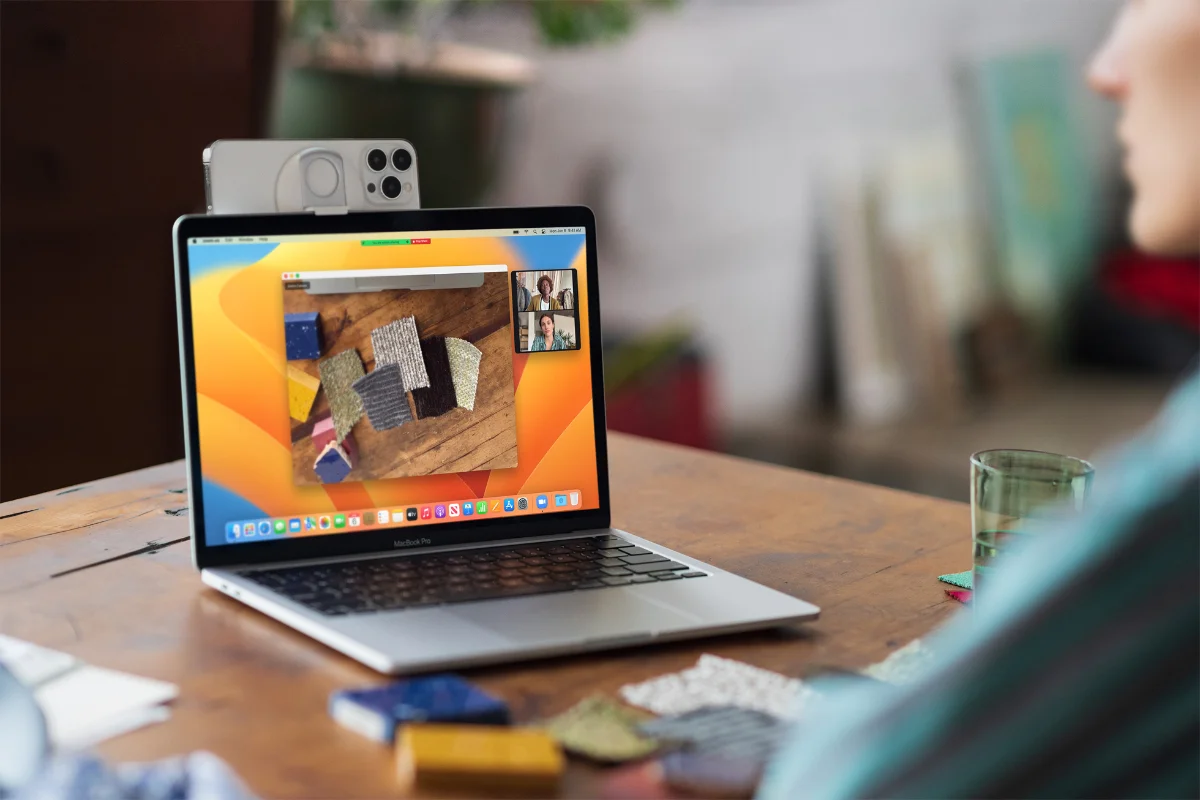
Hardware solution to workflow problems
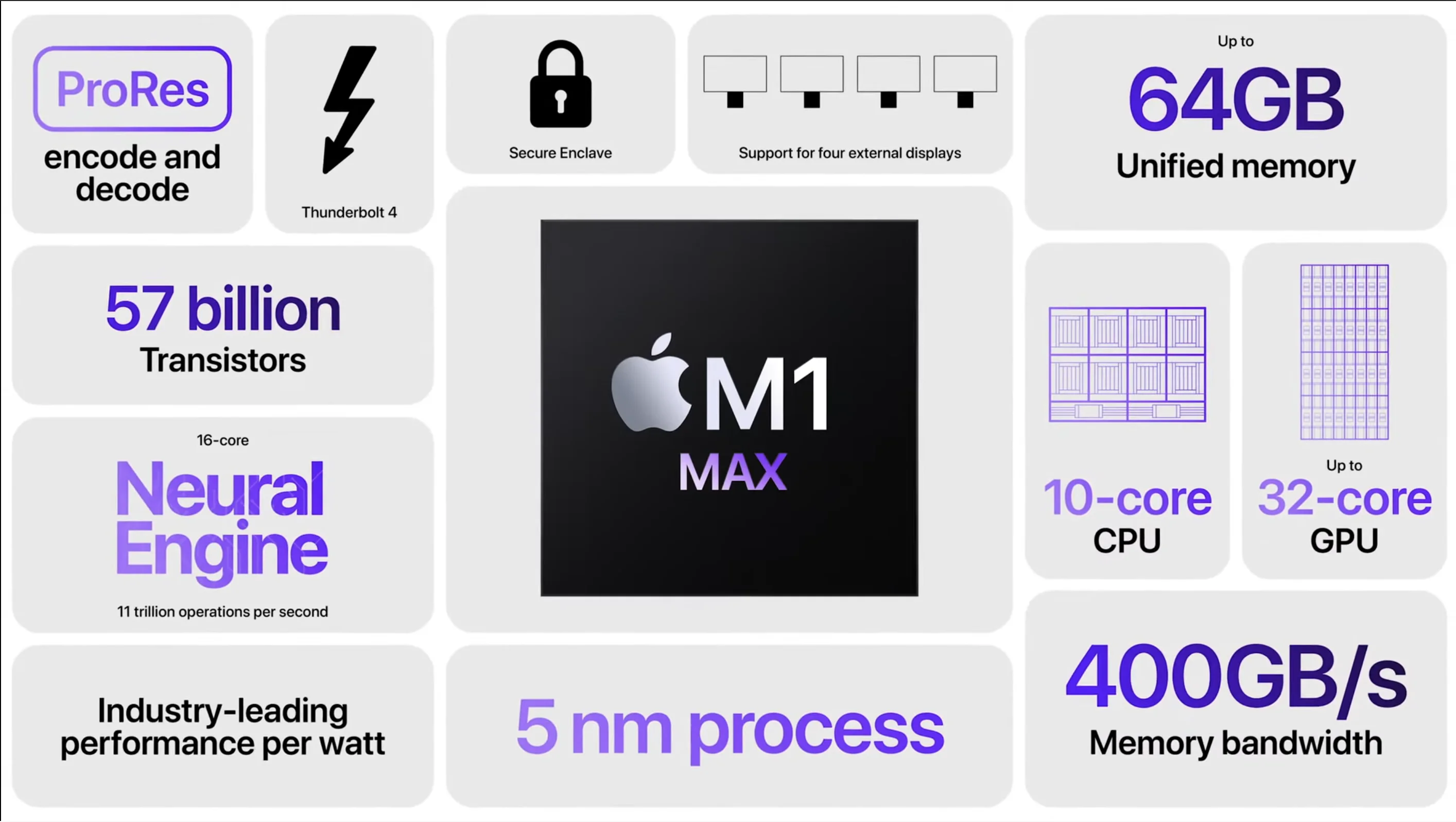
One unique feature of the Apple ecosystem is having a unique workflow to do tasks, be it as easy as transferring files from one design to another to something as complex as making a feature film from capture to editing, then accelerating such tasks using purpose-built hardware.
One complex and demanding task is making and editing videos. There’s the question of capturing footage (or several) then transferring them to a computer to be edited and finally exported for consumption. Challenges to do such a task is the sheer amount of data storage and processing that needs to be done. And if you have some color correction or general effects on a video (which every professional does), you will literally tax the computer with the amount of data that needs to be processed in real time. Here, Apple has identified such tasks and developed the solution for such tasks and using hardware accelerators to enhance the experience.
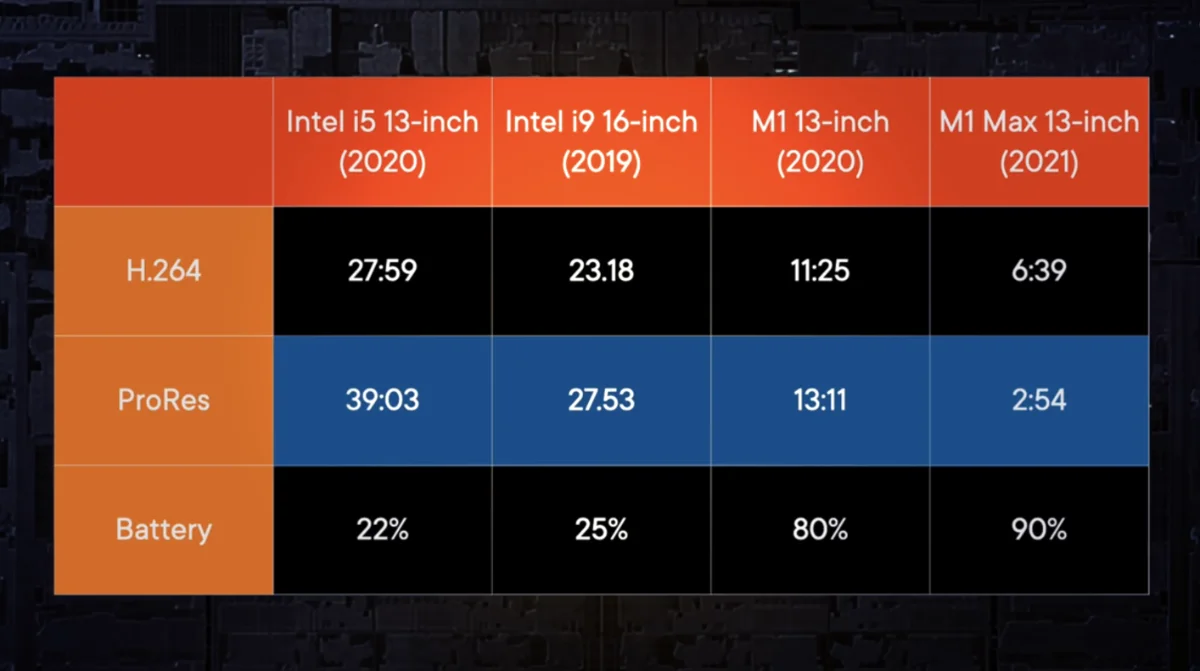
Today, you can capture footage in ProRes at a rate of 1 gigabyte per second for 4K 60 frames per second video on the iPhone 13 Pro. Luckily the A15 chip in the iPhone 13 Pro has a ProRes accelerator to handle such load. Then you use AirDrop to transfer the footage to a MacBook Pro that has M1 Pro Max SOC. That SOC has a dedicated media engine to handle streams of 4K60 ProRes footage and Apple has Final Cut Pro which is optimized for the hardware. This perfect ecosystem that Apple created ensures that you have an optimal experience editing high quality ProRes footage which other machines struggle to handle due to the unoptimized nature.
The Whole is Greater Than Sum of Its Parts

Apple’s goals for the ecosystem are twofold. First is to provide a user experience that is better when you have more and more Apple products. Having their entire line unlocks more features on each product that can only be possible if you control the entire technological stack. The second, which people often criticize, is that it provides a vendor lock-in feature. Some people call this Apple’s walled garden. Others call it anti-competitive behavior. While it is true that Apple does not force you to use the features which they did not actively market or advertise, it is very hard for the consumer to leave the Apple wall garden because at this juncture, Apple does not really have a strong competition against their ecosystem. While some companies provide a fraction of their services and do cross platform like Zoom for meetings, Telegram for messaging, Gmail for email, no one builds the entire stack like Apple does.
Conclusion
So, Apple Ecosystem is a unique experience that you’ll get when you have a plethora of Apple devices from their desktops and laptops to their watches and wireless earbuds. Their unique differential factor is that they control the entire stack so they have a unique, tailor-made experience for you.
Judging from recent WWDC demo and announcements, Apple’s focus in the future will not be purely hardware, but how much they can make the plants in the garden lusher or the walls higher, depending on your point of view. This will be good news for people that live in the ecosystem, but some might see it is harder to switch ecosystems in the future.
Plug
Support this free website by visiting my Amazon affiliate links. Any purchase you make will give me a cut without any extra cost to you
Prices are correct at time of publishing. Please get the final price at Amazon.
| Item | Price |
|---|---|
| Mac Mini M2 - Best desktop in the world | |
| Apple iPad (10th Generation) Wi-Fi 64GB | |
| 2020 Apple MacBook Air Laptop: Apple M1 Chip | |
| Apple 2023 MacBook Air Laptop with M2 chip | |
| Beats Studio Pro headphones | |
| Apple AirPods Pro (2nd Generation) | |
| Apple AirPods (2nd Generation) | |
| Apple AirTag 4 Pack | |
| Apple Watch SE (2nd Gen) | |
| Bose QuietComfort Earbuds II | |
| Sony-INZONE H9 Wireless Noise Canceling Gaming Headset | |
| Sony WH-1000XM5 | |
| Dyson V12 Detect Slim Cordless Vacuum Cleaner | |
| Breville the Barista Pro Espresso Machine | |
